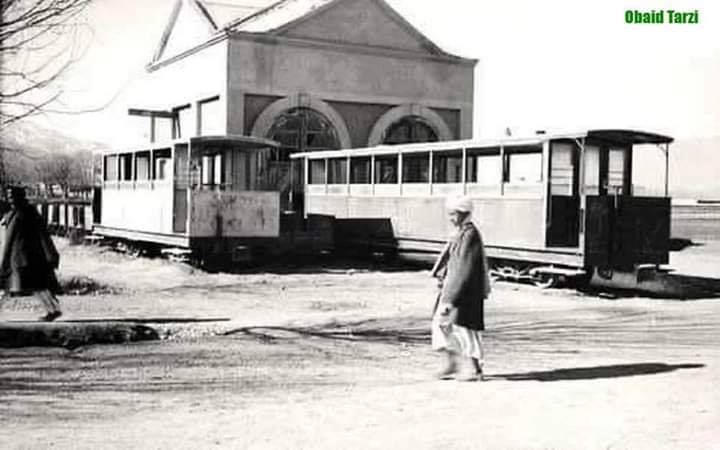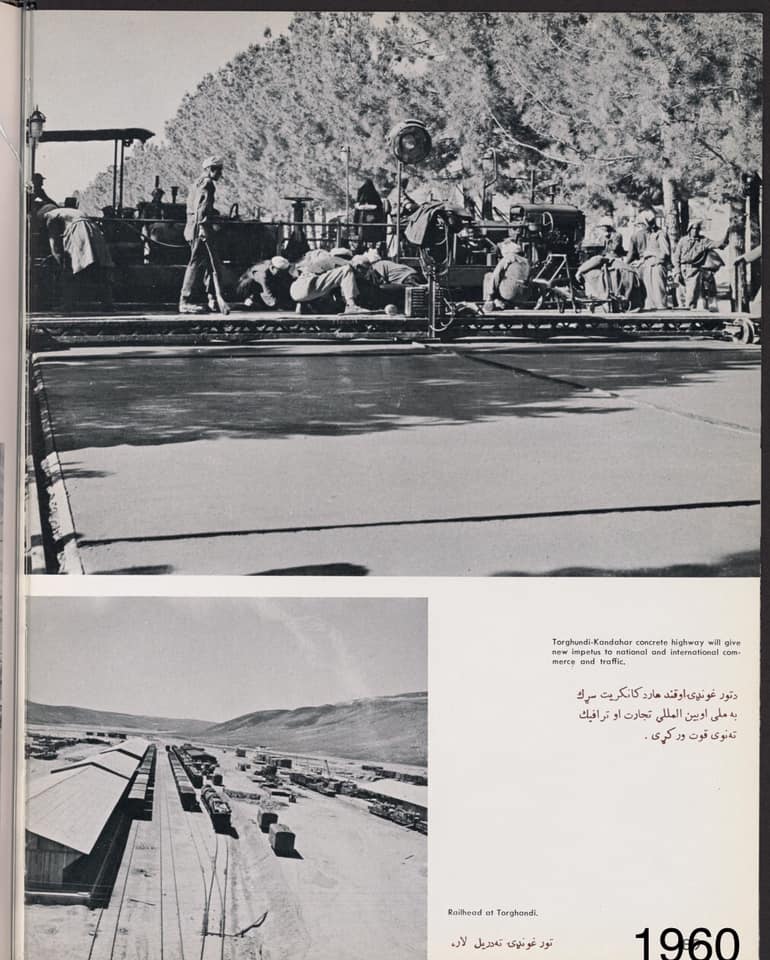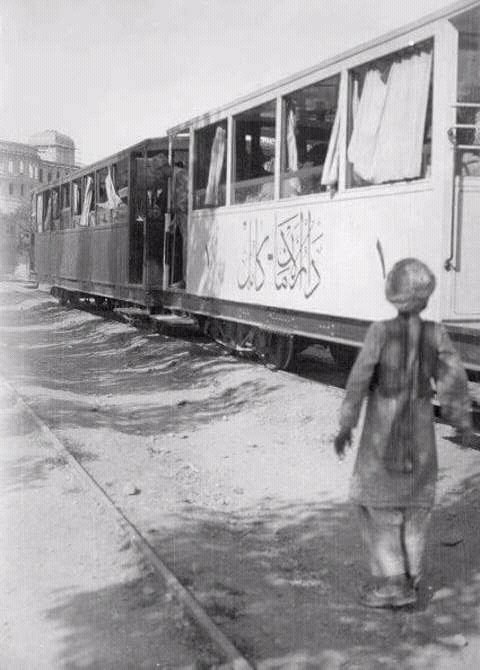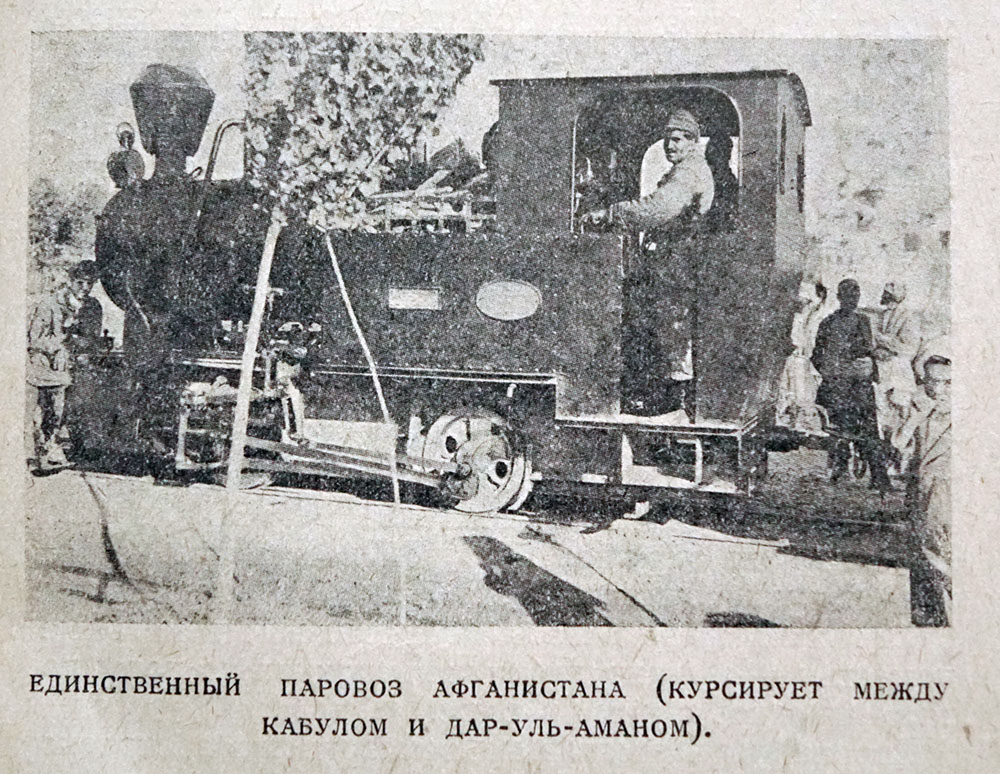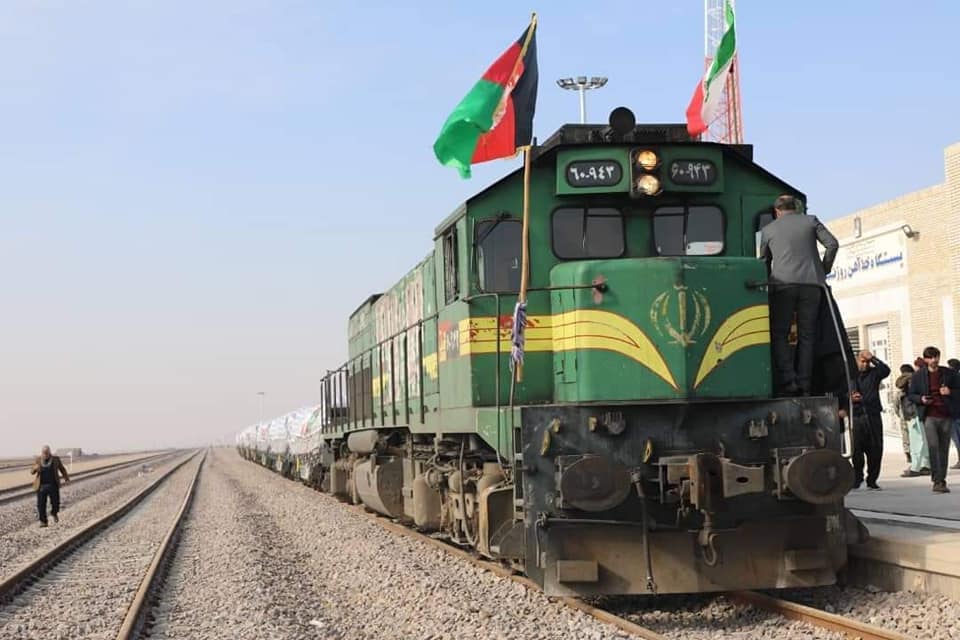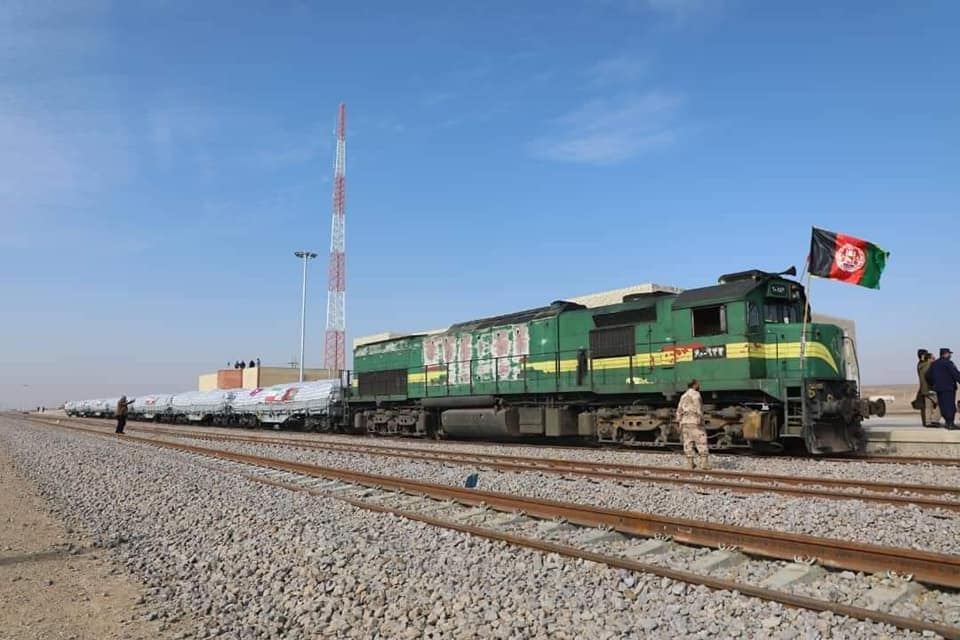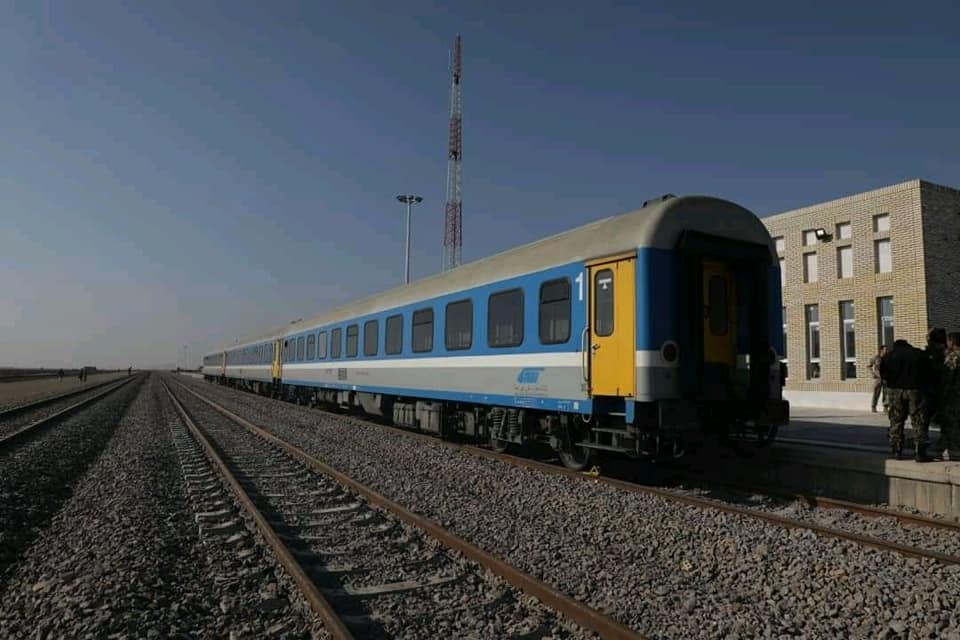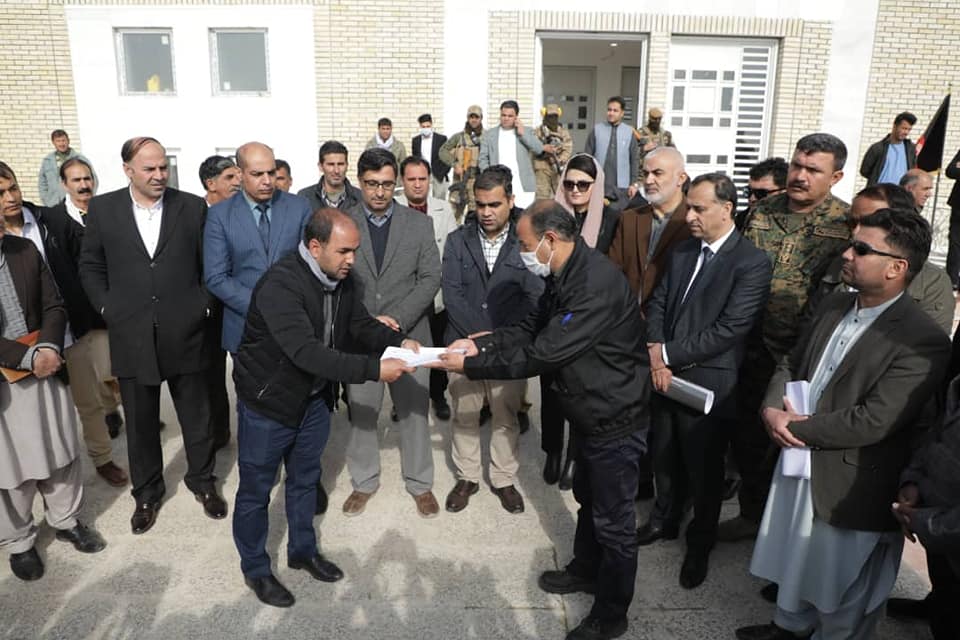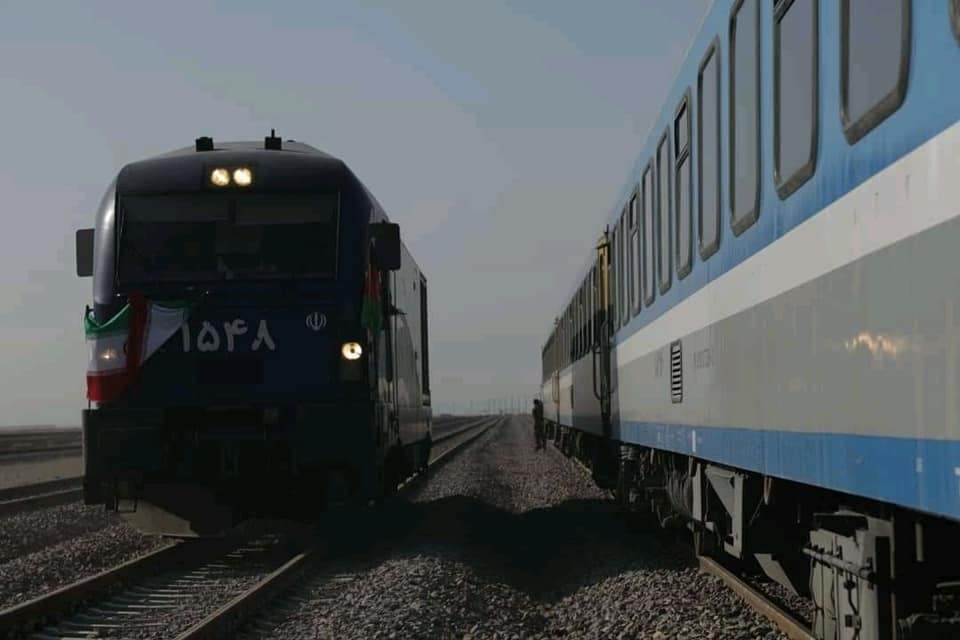Photographs
Uzbekistan sends humanitarian aid
کشور ازبکستان ۵۸ واگون کمک بشردوستانه که شامل مواد غذایی و ادویه میباشد بمناسبت فرارسیدن عید سعید فطر به افغانستان فرستاد.
این کمک ها شامل ۲۹ واگون گندم، ۱۶ واگون آرد گندم، ۵ واگون برنج، ۲ واگون مکرونی، ادویه، کیت تست کرونا، لباس طبی وغیره میباشد.#حیرتان#hairatan
hairatan pic.twitter.com/VLoP7ViGkj— Hairatan City – شهر حیرتان (@Hairatan_City) April 30, 2022
Torghundi rail terminal in 1960
A photo of a page of an unknown bilingual book showing photos of the “railhead at Torghandi” and the construction of a “Torghundi-Kandahar concrete highway”. Someone has added “1960” to the electronic image; presumably the date of the book.
The railway across the Afghan border from the USSR (now Turkmenistan) might have been built as part of the USSR – Herat – Kandahar road project.
Anyone know the name of the book?
Uzbekistan – Afghanistan railway during Covid-19 video
Uzbekistan – Afghanistan railway link . pic.twitter.com/5L4u7wRjKQ
— Shahryar Khan Niazi (@shahryarniazi) April 29, 2021
View from the trans-Amu Darya railroad
View from the trans-Amu-Darya railroad: The friendship between the peoples of the USSR and Afghanistan is indestructible pic.twitter.com/fdiVJJbNrG
— Peter Leonard (@Peter__Leonard) March 6, 2021
Darulaman railway coach
A photo of unknown date and origin showing a person stood by a train on the Kabul to Darulaman narrow gauge railway.
Kabul – Darulaman railway locomotive photo
Another photograph of one of the Henschel steam locomotives on the Kabul – Darulaman railway has been found, in the book “Джанг: Восстание в Афганистане” (War: Uprising in Afghanistan) by journalist Евгений Шуан (Yevgeniy Shuan) which was published in Leningrad in 1930.
AFGHANISTAN’S ONLY STEAM TRAIN (RUNS BETWEEN KABUL AND DAR-UL-AMAN).
The picture was spotted by Markus Hauser, who alerted me to it. His full thread is worth a read, with a lot of interesting pictures of 1920s Afghanistan from the book.
Latest additions to The Pamir Archive:
Евгений Шуан
Джанг: Восстание в Афганистане
[Ленинград]: Прибой, 1930. – 246, [2] с.: ил., портр.-> Another rare and interesting account of Afghanistan by the only European journalist in Afghanistan in 1929.
(Джанг = War) pic.twitter.com/QQzDivkJLP
— Markus Hauser (@hausibek) February 11, 2021
Karkar coal mine photo
The BBC’s Middle East correspondent tweets a picture of the coal mine at Karkar, with the narrow gauge railway just visible; ignore the text about the “soviet field gun artillery piece gun” in the tweet, that is part of joke thread about the media calling any armoured vehicle a tank.
All out of tanks, so here’s a soviet field gun artillery piece gun I captured singlehandedly with @MooseCampbell pic.twitter.com/dJgVDIHUCR
— Quentin Sommerville (@sommervilletv) February 6, 2021
Exactly! pic.twitter.com/DE1CrbU2LG
— Quentin Sommerville (@sommervilletv) February 6, 2021
First freight train from Iran to Afghanistan
A trial freight train on 2 December 2020 delivered 500 tonnes of cement on the new railway which runs from Khaf in Iran as far as a station at Rosnak (Rahzanak, روزنک) in Afghanistan’s Herat province.1
A passenger train also ran from Iran to bring officials to and from a meeting with their Afghan counterparts.
Rosnak is on the Islam Qala to Herat road to the north of Ghourian (Ghoryan, غوريان, Ghurian). Construction works can be seen in Bing maps (but not Google Maps). Jono (Jonaw, Junaw) has been mentioned previously as a station; I’m not sure whether this is referring to the same place.2
The new railway is in effect an extension of the Iranian rail network across the border. After many years of proposals, construction officially began in Iran on 29 July 2006. The line is being built in four stages, with the latest section being the 62 km stage 3, and completion of the project has taken a lot longer than was envisaged.
An official opening ceremony for the first three sections of the Khaf to Herat railway is planned for 10 December 2020.
Construction of the fourth stage is being planned, with work to be undertaken in two phases with the first running to Robat Paryan and the second to Herat airport.
For the first time, imported goods came from #Iran via the #Herat–#Khawaf railway. The cargo was “500 (metric) tons of cement," said officials. #Afghanistan pic.twitter.com/YF4TXOwL9w
— Omid Sobhani (@OmidSobhni) December 2, 2020
The Afghanistan Railway Authority said the line is one of the most important regional connectivity projects, as it will provide the land-locked country with a link to ports and to the rail networks of Iran, Turkey and Europe. Freight traffic is predicted to be around two million tonnes a year and include oil, construction materials and food.
AfRA said the operation of a passenger service is also being considered. Studies when work on the line began estimated that passenger traffic could reach 321 000 passengers/year, and freight traffic 6·8 million tonnes/year.3
It took 13 yrs to finish 193 km railway. The cargo train shipped 500 tonnes of cement from #Iran to #Afghanistan to make sure the railway is working. It will be inaugurated soon. Afghan officials have hailed the railway which gives landlocked country access to free water. pic.twitter.com/tK6KiwaOMS
— Habib Abdolhossein (@HAbdolhossein) December 2, 2020
Place names
The romanised spelling of the various place names varies quite a bit. If you have strong views on the “correct” versions, now is the time to try to get a standard established!
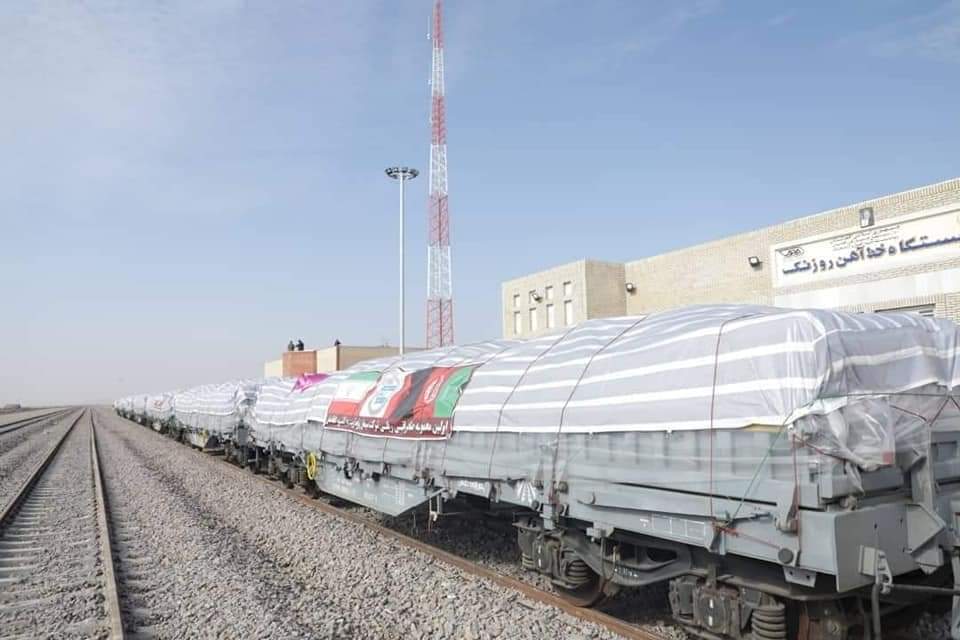
A note on gauges
The new Iran to Herat railway is 1435 mm (4 ft 8½ in) gauge. Known as “standard gauge”, this is the nost widely used gauge in the world and is found in Iran, Turkey, most of the Middle East, China and most of Europe (except the former USSR, Finland, Iberia and Ireland).
The other railways into Afghanistan from Uzbekistan (1 line) and Turkmenistan (2 lines) use the 1520 mm (5 ft) broad gauge, commonly called “Russian gauge”, which is used instead of 1435 mm in the former USSR, Finland and Mongolia. Pakistan uses the even broader “Indian gauge” of 1676 mm (5 ft 6in), although the network does not reach Afghanistan.
This means that in the event of a hypothetical railway line being built from Herat to Torghundi (for Turkmenistan) or Mazar-i-Sharif (to connect with the line from Uzbekistan) there would have to be a break of gauge somewhere. While gauge-changing trains exist, for most freight you may as well just transfer containers between ordinary wagons of different gauges, which is what happens every day on the border between China and the 1520 mm gauge region.
References
- Reported on the Afghanistan Railway Authority’s Facebook page, 2 December 2020. Also BBC News report, اولین قطار حامل بار از ایران وارد افغانستان شد, 2 December 2020 ↩
- The Iran-Afghanistan border area is not shown in much detail by the free online mapping and aerial photography services that I’ve found… ↩
- Opening up Afghan trade route to Iran, Murray Hughes, Railway Gazette International, January 2008 ↩
Iran – Herat province railway photos
@SKhatibzadeh : Khaf-Herat railway will be inaugurated this month. Finalizing and launching this project is an important achievement for #Iran and #Afghanistan bilateral ties. pic.twitter.com/ln7hE06B86
— IranGov.ir (@Iran_GOV) November 26, 2020
خط آهن #هرات – #خواف. pic.twitter.com/zEZ7K6jH6M
— RTA Dari (@rtadari) November 24, 2020
